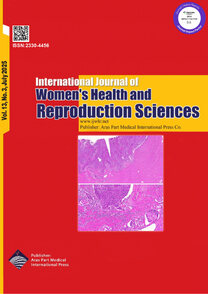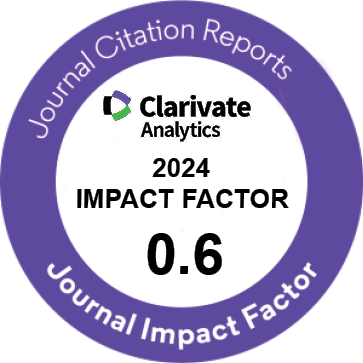| Brief Report | |
| Herbal Products Use During Pregnancy in North of Iran | |
| Gelareh Biazar1, Bahram Naderi Nabi2, Abbas Sedighinejad1, Anoush Dehnadi Moghadam3, Farnoush Farzi1, Zahra Atrkarroushan4, Farimah Mirblook4, Ladan Mirmansouri5 | |
| 1Anesthesiology Research Center, Guilan University of Medical Sciences (GUMS), Rasht, Iran 2Anesthesiology Department, Anesthesiology Research Center, Guilan University of Medical Sciences (GUMS), Rasht, Iran 3Guilan Road Trauma Research Center, Guilan University of Medical Sciences (GUMS), Rasht, Iran 4Guilan University of Medical Sciences (GUMS), Rasht, Iran 5School of Pharmacy, Guilan University of Medical Sciences, Rasht, Iran |
|
|
IJWHR 2019; 7: 134-137 DOI: 10.15296/ijwhr.2019.21 Viewed : 4948 times Downloaded : 19871 times. Keywords : Herbal products, Pregnancy, North of Iran |
|
| Full Text(PDF) | Related Articles | |
| Abstract | |
Objectives:The use of herbs which has been increasing worldwide, requires special considerations particularly in pregnant woman. The present study was conducted at Alzahra Teaching hospital (from March 2016 to August 2017) to explore the pattern of herbal use during pregnancy in Guilan province (North of Iran). Materials and Methods: Data were obtained from 836 eligible women, who were interviewed at postnatal ward, and were analyzed. Results: The results of the study showed that 19.6% of the women consumed herbs during pregnancy. The most commonly used herbs included mint, flixweld, and cinnamon; in addition, the most prevalent indications resulted from these herbs consumption were gastrointestinal complications and cold. The rate of herbal consumption in pregnancy was related to education (P = 0.001) and resistance (P = 0.008); however, no relation was found regarding age (P = 0.203), employment (P = 0.255), or gravity (P = 0.935). Conclusions: Although the findings of this study were preferable to those of some other studies, due to the importance of the issue, it is vital that health care providers to be open to question the herbal use during pregnancy. |
Cite By, Google Scholar
Google Scholar
PubMed
Online Submission System
 IJWHR ENDNOTE ® Style
IJWHR ENDNOTE ® Style
 Tutorials
Tutorials
 Publication Charge
Women's Reproductive Health Research Center
About Journal
Publication Charge
Women's Reproductive Health Research Center
About Journal
Aras Part Medical International Press Editor-in-Chief
Arash Khaki
Mertihan Kurdoglu Deputy Editor
Zafer Akan























